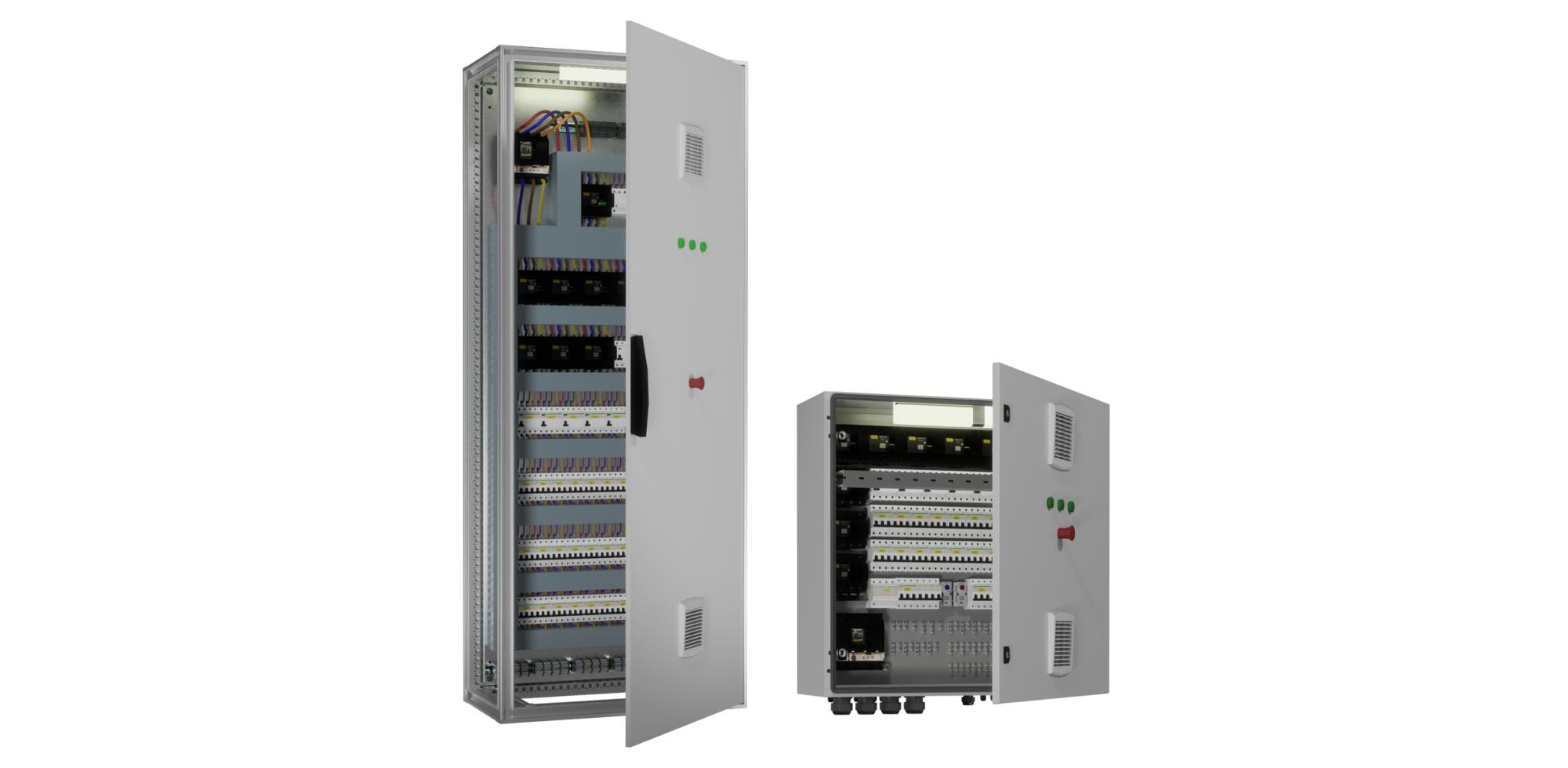Solar energy stands out as one of the exceptionally important sources of clean and renewable energy. Thanks to innovative technologies, solar power plants are becoming increasingly accessible and cost-effective investments.
However, despite the apparent advantages, the key to the profitability of solar power plants lies in understanding the balance between electricity production and consumption.
The question arises: How can we efficiently harness this energy to power homes, industries, and public facilities? Read more about tariff models that are used to calculate electricity usage based on household needs.
Two categories of solar power plant users
There are two main categories of solar power plant users, namely the customer with its own production and the producer.
The category of customer with own production includes a household (or an existing user for self-supply) and an entrepreneur.
How solar energy calculation works?
The calculation of solar energy, i.e., the electricity produced by the solar power plant, is carried out on a monthly and yearly basis.
Monthly calculation of solar energy from solar power plants
Let's assume your solar power plant produces surplus electricity that you haven't used. The excess energy you generate is delivered to the supplier's grid.
If you draw more energy from the grid than you deliver to the grid, you pay for the difference between what you deliver and what you take. This cost is calculated separately for different periods, such as higher daytime tariff (VT) and lower daytime tariff (NT) for dual-tariff calculations, or based on a single tariff (JT), as per the tariff plan you've agreed upon with your energy supplier.
If the user delivers more energy to the grid than they consume, they won't receive an electricity bill. Instead, their excess energy accumulates as credit, which is evaluated on an annual basis.
Yearly calculation of solar energy from solar power plants
Looking at the entire year, during the summer months, there's a surplus of produced electricity due to increased sunlight. This surplus is carried over to the following month in the form of a monetary amount, namely credit.
The credit accumulates until the autumn or winter months when solar power plant production decreases, and the total credit amount is deducted from the bill for the energy taken from the grid.
This credit is at least 80% of the usual electricity price that a household pays.
Single-tariff and dual-tariff electricity calculation
Single-tariff calculation refers to a single tariff rate (JT) that applies every day from 00:00 to 24:00.
Dual-tariff calculation includes a higher daytime tariff (VT), which applies every day from 07:00 to 21:00 (from 8:00 to 22:00 during summer), and a lower daytime tariff (NT), which applies in winter from 21:00 to 07:00 and in summer from 22:00 to 08:00.
Households can choose between single-tariff and dual-tariff calculations.
The main goal is to motivate households to use solar power plants only for their energy needs. To achieve this, the law stipulates that the surplus energy produced by the solar power plant must be returned to the supplier's grid. The amount of energy returned to the grid by the user of a solar power plant must not exceed the amount of energy taken from the grid during the entire year.
It's necessary to carefully design solar power plants to ensure households meet this requirement and remain within a favorable calculation system.
What if a household produces more energy than it consumes?
In the context of self-supply, it is about monitoring and harmonizing (netting) consumed and produced kilowatt-hours (kWh) of electricity on a monthly basis. The amount of electricity you produce and the amount you consume from the grid are compared. Excess energy produced can be "offset" against consumption, which can result in lower electricity bills. This excess energy is converted into a monetary amount according to your agreed tariff plan.
Currently, if the household produces more energy than it receives from the supplier, it switches to a less favorable calculation system.
While there is no netting option for the entrepreneur category. All the energy you take from the grid is treated as your debt to the power company, but they pay you for all the produced energy you send to the grid, but this is usually at a lower price than what you pay for the energy you use. In this way, your produced energy (their debt to you) is converted into a monetary amount, but this amount is often lower (about 80% of your price).
In short, self-supply allows you to offset the excess energy produced with consumption, while as an entrepreneur you sell the energy produced at a lower price than you pay for the energy consumed. This second model can be financially less advantageous because you get less money for each kWh delivered than you would pay for the kWh consumed.
However, starting next year, a new law regarding the calculation of solar energy for household will begin to apply.
In July of this year, a new law entered into force. Which, among other things, prescribes, along with the clearly defined power of the installed solar power plant, that the user of the self-supply user will remain in the self-supply system even in conditions in which he produced more electricity on an annual level than was consumed. Furthermore, the surplus of electricity produced on an annual basis is calculated in such a way as to pay for the surplus of electricity produced in accordance with the rules of the electricity market, the general accounting regulations for the energy produced and delivered to the electricity system, and in accordance with the contract with the supplier.
An additional piece of news is that starting from January 1, 2024, it will be possible to install and connect a solar power plant with a capacity of up to 20 kW, regardless of the end customer's connection capacity, unlike the previous situation where it was only possible to connect a solar power plant up to the capacity of the leased connection.
The new law emphasizes that the monthly netting of energy taken and delivered for self-consumption users, both existing and new, will be valid until the end of 2025. Additionally, a new self-consumption system will be defined by March 31, 2025.
This law entered into force this July, but it starts to be applied from 1.1.2024.
Duplico solar power plants
It's important to monitor electricity consumption and production as consumption may decrease in some periods and increase in others.
Maintaining a balance between production and consumption often involves additional devices or changing household habits to effectively utilize surplus electricity.
Cooperation with a professional company is essential for professional planning of the optimal power of the solar power plant.
This consulting approach also guarantees correct planning that includes current as well as future energy needs from the solar power plant.
As the first step towards building your own solar power plant, enter your needs and expectations into our solar calculator.
Immediately after entering, you will receive an informative calculation by e-mail with key information necessary for the further steps required in the construction project of your new solar power plant.



